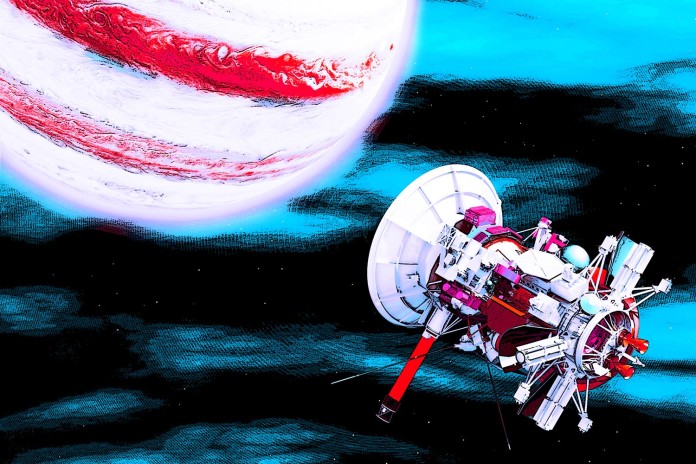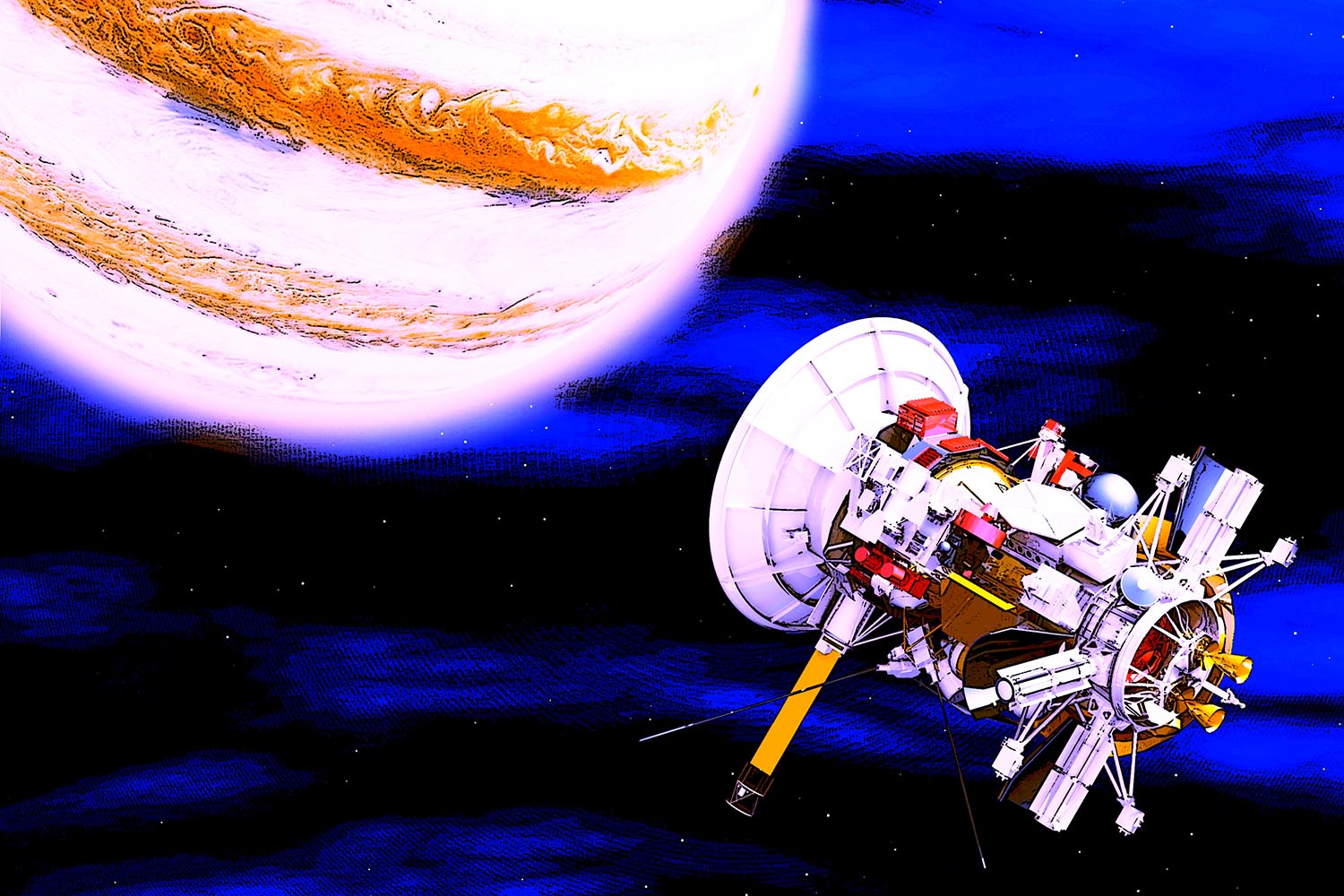
NASA’s Cassini spacecraft is getting to higher ground in Saturn. The unmanned spacecraft is getting out of the Saturnian ring plane.
Cassini Mission Gets Shifted
The probe is going through a series of maneuvers as it circles around Saturn’s moon Titan. Starting January 23, the probe will start to gradually orbit higher in the planet’s orbit. The goal is to veer closer to the giant planet’s equator.
The engine started to burn in 35 seconds on January 23, and the probe will re-encounter Titan at speeds of 2,539 feet per second. According to the project manager at NASA Jet Propulsion Laboratory Earl Maize, Titan is the center of every Cassini operation. The mission right now is to get the probe at a precise altitude and latitude above the moon.
Cassini Will Not Return to The Ring Plane of Saturn
The spacecraft will slowly get tilted as it settles into its final year around Saturn. Through 2016, the probe will float through Saturn’s F-ring orbits. After passing these rings 22 times, it will set course back home on September 15, 2017.
Cassini has been on Saturn atmosphere since the spring of 2015. It’s had great flybys of the Saturn moons of Hyperion, Dione, Enceladus, and Titan. The new mission will bring in some more epic footage of Saturn and Titan.
The Cassini-Huygens Mission is Still in Full Swing
The collaboration mission between NASA, ESA, and the Italian Space Agency will make getting higher ground in Saturn. It will be managed by the JPL.
New Horizons and Cassini Bring Trends to NASA
Exciting things are happening for the New Horizons, but the Saturn spacecraft isn’t far behind. New Horizons will be breaking ground on the edge of space, and Cassini will tell us even more secrets of Saturn and its elusive rings. It’s a very exciting time for space.
What is most special about Cassini’s latest mission is that it is the product of a collaboration of three different space agencies. ESA has recently partnered up with Roscosmos to build a colony on the moon. It’s nice to see that the European Space Agency is interested in more ventures outside of the Earth’s immediate vicinity.


















